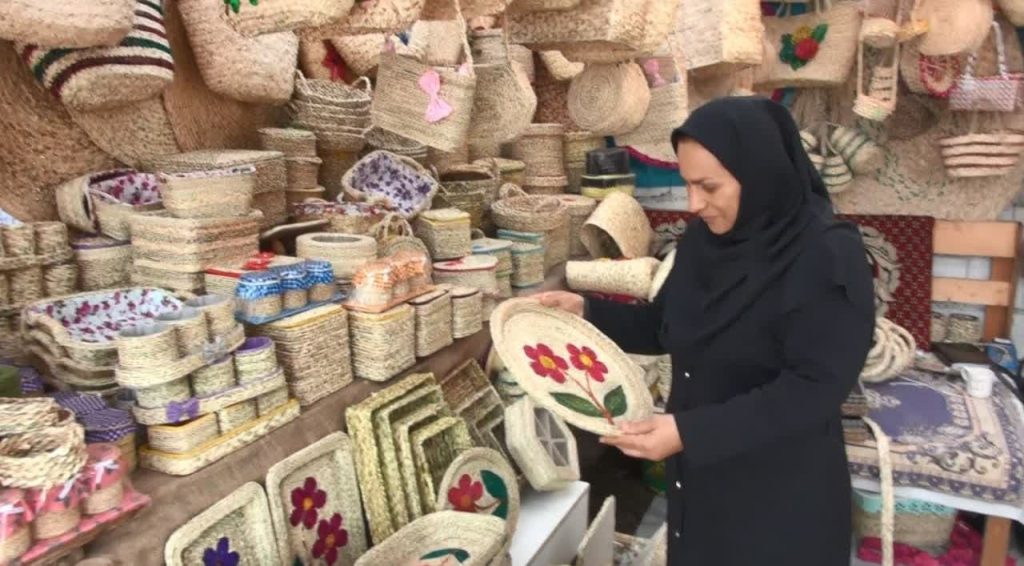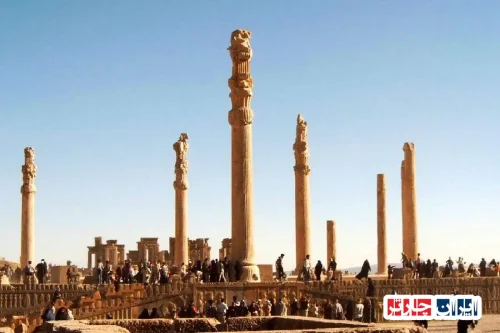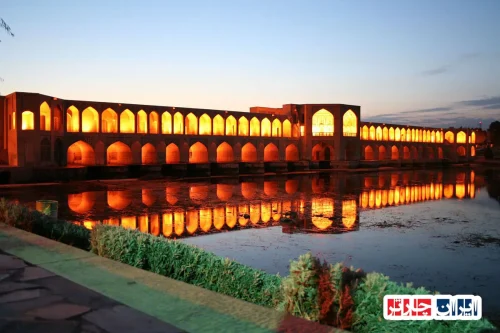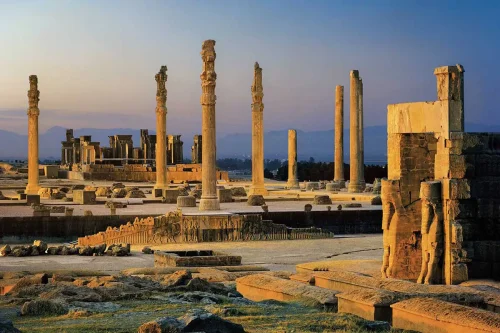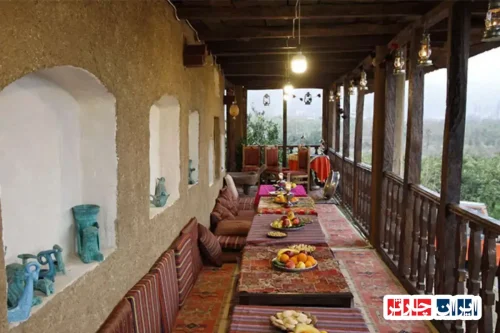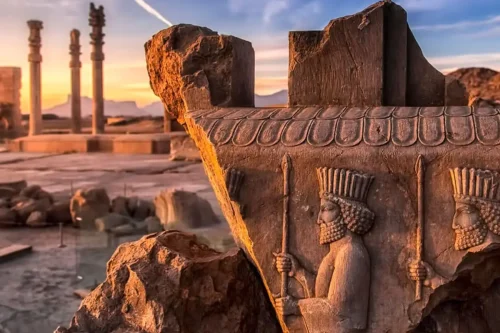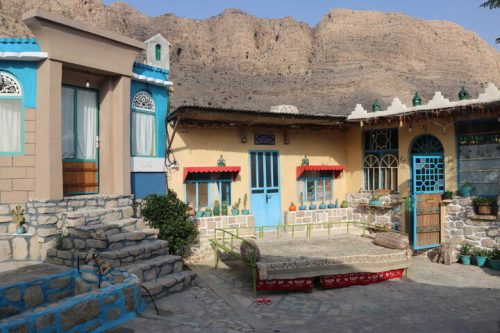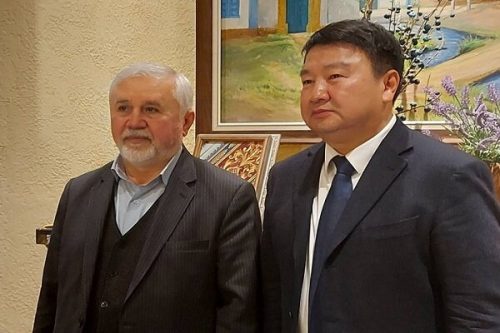News Source : https://www.irna.ir/news/85656516/%D8%AA%D9%84%D9%81%DB%8C%D9%82-%D8%B5%D9%86%D8%A7%DB%8C%D8%B9-%D8%AF%D8%B3%D8%AA%DB%8C-%D9%88-%D9%85%D8%B9%D9%85%D8%A7%D8%B1%DB%8C-%D8%A8%D9%88%D9%85%DB%8C-%D9%85%D8%A7%D8%B2%D9%86%D8%AF%D8%B1%D8%A7%D9%86-%D8%AF%D8%B1-%D9%86%D9%85%D8%A7%DB%8C%D8%B4%DA%AF%D8%A7%D9%87-%D8%A8%DB%8C%D9%86-%D8%A7%D9%84%D9%85%D9%84%D9%84%DB%8C
Integration of Handicrafts and Indigenous Architecture of Mazandaran at Tehran International Handicrafts Exhibition
The Tehran International Handicrafts Exhibition, focusing on showcasing the handicrafts and indigenous architecture of Mazandaran, provides a unique opportunity to introduce the traditional arts and local architecture of Mazandaran province. This event, aimed at presenting the handmade creations of Mazandaran artists and showcasing new developments in indigenous architecture, serves as a suitable platform for cultural and commercial exchange between artists and investors. Visitors can get a close look at the unique handicrafts of Mazandaran and enjoy the attractions of the region’s indigenous architecture. Moreover, the showcasing of Mazandaran handicrafts and indigenous architecture creates an advantageous opportunity for businesses associated with handicrafts and establishes a ground for investment in these valuable areas. Ultimately, this exhibition, emphasizing the preservation and enhancement of Mazandaran’s cultural heritage, plays an important role in promoting local culture and art on an international level.
Highlighting the Integration of Handicrafts and Indigenous Architecture of Mazandaran in Tehran Exhibition
The Tehran International Handicrafts Exhibition provides a unique opportunity for Mazandaran’s indigenous architects and handicraft exhibitors to introduce their unique creations to the world. The combination of traditional Mazandaran arts with local architecture creates an innovative and unique environment in the province’s pavilion that captivates visitors. This event, emphasizing the preservation and advancement of Mazandaran’s cultural heritage, plays an important role in enhancing the province’s international standing.
Mazandaran Pavilion: A Symbol of Harmony between Handicrafts and Indigenous Architecture
The Mazandaran Pavilion at the Tehran International Handicrafts Exhibition showcases a beautifully harmonious design combining elements of local architecture and provincial handicrafts. The use of traditional motifs like Jajim Alashat and Gileech Behshahr in this structure’s design reflects Mazandaran artists’ efforts to preserve cultural identity and advance it in a modern setting. This pavilion serves not only as a venue for displaying artistic works but also as a bridge between past and future, showcasing Mazandaran’s culture.
Mazandaran Artists’ Creativity at the Tehran Exhibition
Mazandaran’s handicraft artists play a significant role in the Tehran exhibition by showcasing their unique creations. These artists have produced innovative works using traditional techniques and local materials that effectively reflect Mazandaran’s indigenous art and culture. Their presence at the exhibition offers opportunities for cultural and commercial exchange with other artists and investors, significantly contributing to the growth of the handicraft industry in the province.
Investment Opportunities in Mazandaran Handicrafts through the Tehran Exhibition
The Tehran International Handicrafts Exhibition provides a suitable platform for investment in Mazandaran’s handicrafts. Visitors and investors can identify and exploit new business opportunities by showcasing Mazandaran’s traditional products and arts.
Preserving and Promoting Mazandaran’s Cultural Heritage at the International Exhibition
The primary goal of the Tehran International Handicrafts Exhibition is to preserve and promote Mazandaran’s cultural heritage. By presenting indigenous artistic creations and architecture, this exhibition plays an important role in maintaining and transmitting cultural values to future generations. Additionally, establishing connections between traditional artists and modern architecture helps develop the province’s art and culture, introducing it at an international level.
Interaction between Artists and Investors at Tehran Exhibition
The Tehran exhibition offers a great opportunity for Mazandaran’s handicraft artists to interact with investors and art enthusiasts. These interactions lead to joint projects, experience exchanges, and increased business opportunities. Furthermore, through negotiation sessions and educational workshops, artists can enhance their skills and expand their product market.
Side Programs and Exhibition Attractions for Visitors
The Tehran International Handicrafts Exhibition has increased its attractiveness to visitors by offering side programs such as art competitions, educational workshops, and live shows. In addition to enhancing visitors’ experience, these programs help better introduce Mazandaran’s handicrafts and indigenous architecture. They also provide opportunities for direct interaction and dialogue with artists, adding value to the exhibition.
Exhibition Impact on Mazandaran and the Country’s Local Economy
The Tehran International Handicrafts Exhibition has a significant impact on Mazandaran and the country’s local economy. Through product sales, job creation, and attracting investors, this exhibition aids in the province’s economic growth. Furthermore, increasing global awareness of Mazandaran’s handicrafts has led to increased exports of local products and the development of new markets for these industries, which in turn helps improve the country’s economic situation.
Department of Cultural Heritage’s Efforts in Strengthening Mazandaran’s Presence at the Exhibition
The Mazandaran Department of Cultural Heritage, Tourism and Handicrafts has ensured the strong and effective presence of this province at the Tehran exhibition through precise planning and ongoing measures. From designing exhibition structures to coordinating with artists and craftsmen, this department plays a key role in the exhibition’s success. Additionally, by creating educational and investment opportunities, it seeks to develop and advance Mazandaran’s handicrafts to compete globally.
Frequently Asked Questions
- When is the Tehran International Handicrafts Exhibition held?
- The 37th Tehran International Handicrafts Exhibition is held from November 14 to 17, daily from 9 AM to 7 PM in halls 7, 8, 9, 10, and 27.
- What is the slogan of the exhibition?
- The exhibition’s slogan is ‘City and Village, Pillar of Unity and Development of Identity-Based Economy.’
- What role does Mazandaran play in this exhibition?
- Mazandaran, as one of the active provinces in handicrafts, has a prominent presence in the exhibition. Mazandaran’s area showcases a blend of indigenous architecture and the province’s traditional arts.
- How is the Mazandaran Pavilion designed?
- The Mazandaran Pavilion is designed based on various elements of the province’s handicrafts blended with local architectural elements to represent Mazandaran’s handicrafts in the allocated 130 square meter space.
- Who designed the Mazandaran Pavilion structure?
- The Mazandaran Pavilion structure was designed by Abolfazl Nikoubiyan, a renowned Mazandaran architect and a faculty member at Mazandaran University’s art and architecture group.
- What elements are included in the Mazandaran Pavilion’s architecture?
- The pavilion’s architecture includes symbols and forms of Mazandaran’s handicrafts from four national brands: Jajim Alashat, Gileech Behshahr, Derzikola Mat Weaving, and Salimabad Pottery, integrated with local architectural features.
- Which national handicraft brands from Mazandaran are present at the exhibition?
- Four national handicraft brands from Mazandaran at the exhibition are: Jajim Alashat, Gileech Behshahr, Derzikola Mat Weaving, and Salimabad Pottery.
- What other activities are planned at the exhibition?
- Other planned activities include product commercialization, teaching handicraft techniques to children and adolescents, competitions and related entertainments, investment opportunity showcases, the unveiling of the book ‘Alashat, City of Colorful Jajims,’ and the introduction of Mazandaran’s souvenirs.
- How are Mazandaran’s handicrafts integrated with indigenous architecture?
- In the pavilion’s structure, elements of Mazandaran handicrafts like Jajim Alashat and Gileech Behshahr are integrated with indigenous architectural features. For instance, wooden showcases and shelves are inspired by weaving structures, and handwoven motifs are used in the design.
- What symbols are used in the pavilion’s design?
- Symbols of indigenous arts like lacquer carving in the booth counters, mat weaving patterns on the ceiling and floor, and traditional tin roofs in reception areas are used in pavilion design.
- Which are the two cities and two national handicraft villages of Mazandaran?
- Mazandaran’s national handicraft cities are Behshahr (National City of Gileech) and Alashat (National City of Jajim). The national villages include Salimabad in Tonekabon (National Village of Pottery) and Derzikola from Babol’s subdivisions (National Village of Mat Weaving).
- What measures has the head of Mazandaran’s Cultural Heritage Department taken?
- Mazandaran’s Cultural Heritage, Handicrafts and Tourism Department began planning for a distinctive presence at the exhibition, introduced artists’ products, provided related investment opportunities, and took charge of designing the Mazandaran Pavilion structure.
- How does the Mazandaran Pavilion design align with the exhibition’s slogan?
- The pavilion’s design, merging Mazandaran’s handicrafts with indigenous architecture, aligns with the exhibition slogan ‘City and Village, Pillar of Unity and Development of Identity-Based Economy,’ aiding local economic development through presenting the province’s cultural identity.
- What investment opportunities are presented at the exhibition?
- The exhibition introduces investment opportunities related to Mazandaran’s handicrafts, which include supporting artists, developing craft businesses, and economic collaborations with local producers.
- Which categories of visitors are invited to the exhibition?
- Target visitors include artists, craftsmen, handicraft enthusiasts, investors, and the general public interested in traditional culture and art.
- What side events are held during the exhibition?
- Side events include competitions related to handicrafts, artistic entertainments, specialized training for children and adolescents, and unveiling of new art pieces.
- What does the book ‘Alashat, City of Colorful Jajims’ cover?
- This book introduces and examines Alashat’s colorful jajims, highlighting their role in Mazandaran’s traditional culture and art.
- How can one participate in the exhibition?
- Interested individuals can participate in the exhibition by visiting the official exhibition website or contacting Mazandaran’s Cultural Heritage, Tourism, and Handicrafts Department for information and registration.
- What types of souvenirs are offered at the exhibition?
- Mazandaran’s souvenirs include handmade jajims, decorative gileeches, traditional pottery, unique mat weavings, and other indigenous handicraft products.

